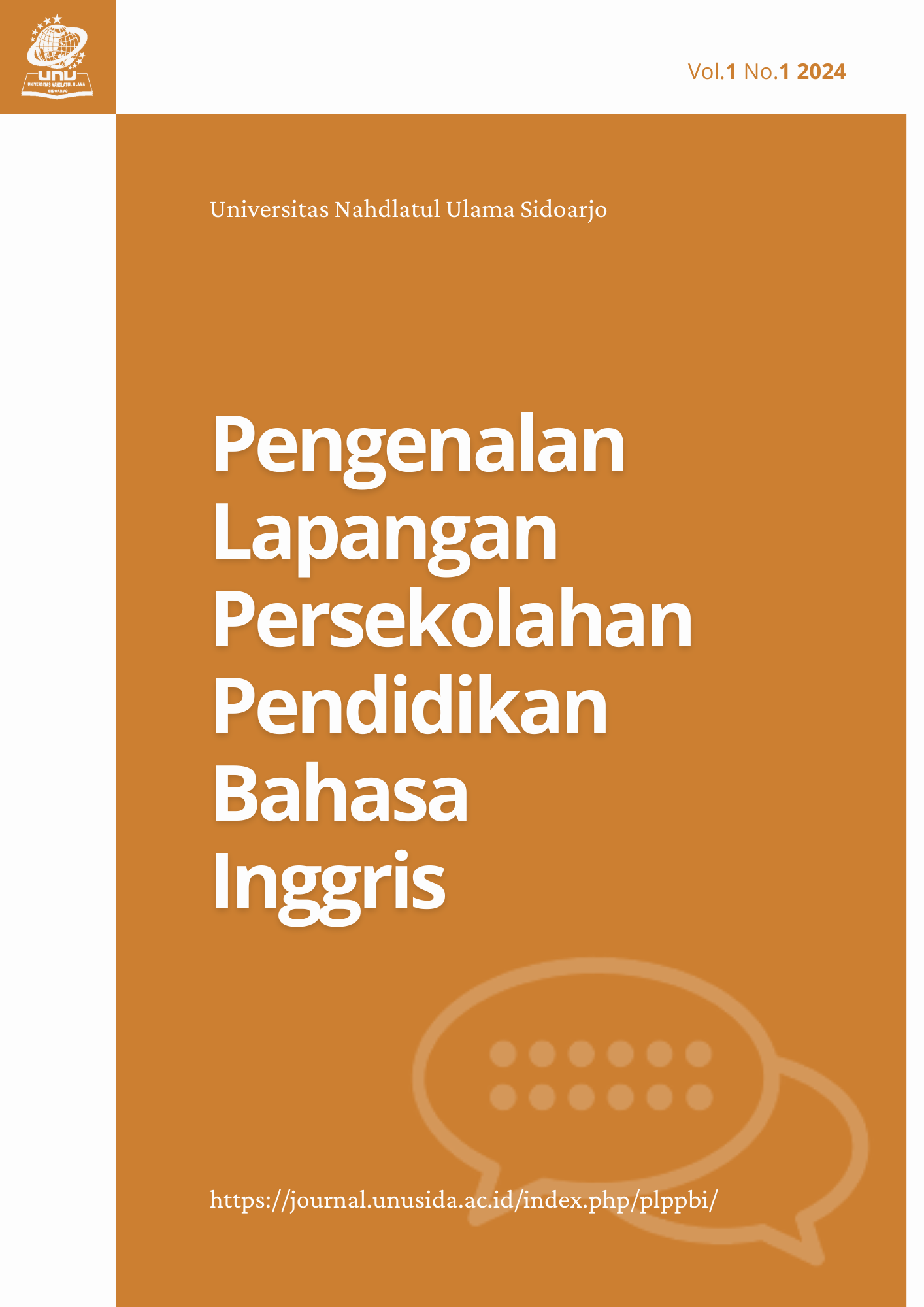Efektivitas Pendekatan Content and Language Integrated Learning (CLIL) terhadap Kemampuan Bahasa Inggris dan Pemahaman Konten Siswa SMP: Studi Kasus Komparatif
Kata Kunci:
CLIL, Kemampuan Bahasa Inggris, Pembelajaran Bilingual, Sekolah Menengah PertamaAbstrak
Penelitian ini bertujuan untuk mengevaluasi efektivitas pendekatan Content and Language Integrated Learning (CLIL) dalam meningkatkan kemampuan bahasa Inggris dan penguasaan konten pelajaran siswa Sekolah Menengah Pertama (SMP). Studi ini menggunakan pendekatan kualitatif dengan desain studi kasus, melibatkan dua guru dan sepuluh siswa kelas VIII melalui wawancara mendalam, observasi kelas, dan analisis dokumen. Hasil menunjukkan bahwa CLIL meningkatkan partisipasi aktif, memperkaya kosakata akademik, dan membangun kepercayaan diri siswa dalam berbahasa Inggris, tanpa mengurangi pemahaman materi pelajaran. Guru dan siswa menunjukkan persepsi positif, meskipun terdapat tantangan seperti keterbatasan bahasa guru dan ketersediaan bahan ajar. Keunikan penelitian ini terletak pada konteks Indonesia yang belum banyak dikaji dalam studi CLIL. Temuan ini memberikan implikasi bagi pengembangan kebijakan pembelajaran bilingual di tingkat sekolah menengah.
This study aims to evaluate the effectiveness of the Content and Language Integrated Learning (CLIL) approach in improving English language skills and mastery of junior high school (SMP) students' subject matter. This study uses a qualitative approach with a case study design, involving two teachers and ten eighth grade students through in-depth interviews, classroom observations, and document analysis. The results show that CLIL increases active participation, enriches academic vocabulary, and builds students' confidence in speaking English, without reducing their understanding of the subject matter. Teachers and students showed positive perceptions, despite challenges such as teachers' limited language skills and the availability of teaching materials. The uniqueness of this study lies in the Indonesian context which has not been widely studied in CLIL studies. These findings provide implications for the development of bilingual learning policies at the secondary school level.
Referensi
Anam, F. et al. (2023) ‘Reflections on 4F Model Learning for Professionalism Development of Prospective Teachers: Evidence from Teacher Professional Education’, Journal of Education Research, 4(4), pp. 2498–2510. Available at: https://www.jer.or.id/index.php/jer/article/view/740.
Dzulkurnain, M.I. et al. (2024) ‘Understanding the Benefits and Challenges of Content and Language Integrated Learning (CLIL) in English education: a Literature Synthesis’, Journal on Education, 6(4), pp. 18941–18953. Available at: https://doi.org/10.31004/joe.v6i4.5876.
Goris, J., Denessen, E. and Verhoeven, L. (2019) ‘Effects of Content and Language Integrated Learning in Europe A Systematic Review of Longitudinal Experimental Studies’, European Educational Research Journal, 18(6), pp. 675–698. Available at: https://doi.org/10.1177/1474904119872426.
Hermawati, D.A. (2022) ‘The Role of Content and Language Integrated Learning (CLIL) in Teaching English for Tourism: Challenges and Implications for ESP Teachers’, Journal of English in Academic and Professional Communication, 8(1), pp. 1–9. Available at: https://doi.org/10.25047/jeapco.v8i1.2333.
Hessel, G. et al. (2020) ‘The Well-being and Job Satisfaction of Secondary CLIL and Tertiary EMI Teachers in Austria’, Journal for the Psychology of Language Learning, 2(2), pp. 73–91. Available at: https://doi.org/10.52598/jpll/2/2/6.
Huang, Y.-C. (2020) ‘The Effects of Elementary Students’ Science Learning in CLIL’, English Language Teaching, 13(2), p. 1. Available at: https://doi.org/10.5539/elt.v13n2p1.
Norhasanah and Setiawan, R. (2023) ‘Content and Language Integrated Learning (CLIL) Implementation for Indonesian EFL Learners: A Case Study’, SAGA: Journal of English Language Teaching and Applied Linguistics, 4(2), pp. 89–100. Available at: https://doi.org/10.21460/saga.2023.42.165.
Shykun, A. (2023) ‘Content and Language Integrated Learning: Enhancing Language Acquisition and Content Understanding’, International Science Journal of Education & Linguistics, 2(4), pp. 39–44. Available at: https://doi.org/10.46299/j.isjel.20230204.05.
Tachaiyaphum, N. and Sukying, A. (2017) ‘EFL Pre-Service Teachers’ Perceptions of CLIL’, Asian Education Studies, 2(4), p. 44. Available at: https://doi.org/10.20849/aes.v2i4.283.
Unduhan
Diterbitkan
Terbitan
Bagian
Lisensi
Hak Cipta (c) 2024 Pengenalan Lapangan Persekolahan Pendidikan Bahasa Inggris

Artikel ini berlisensiCreative Commons Attribution-NonCommercial-ShareAlike 4.0 International License.



